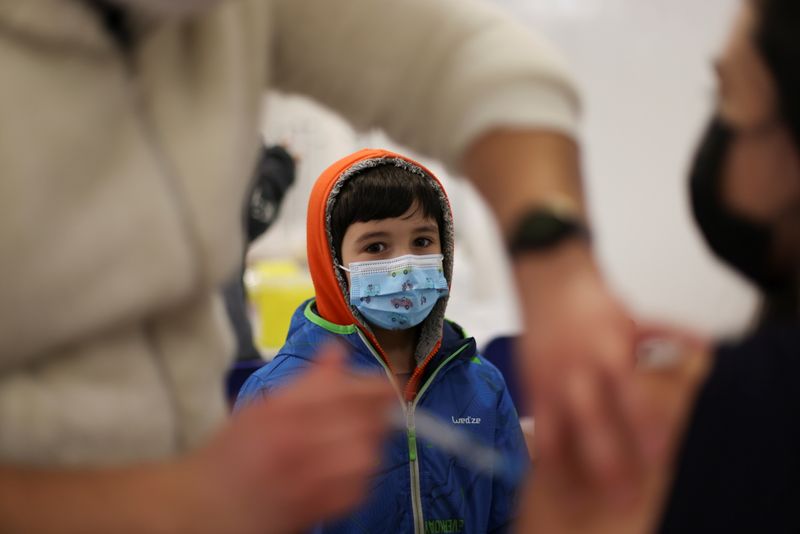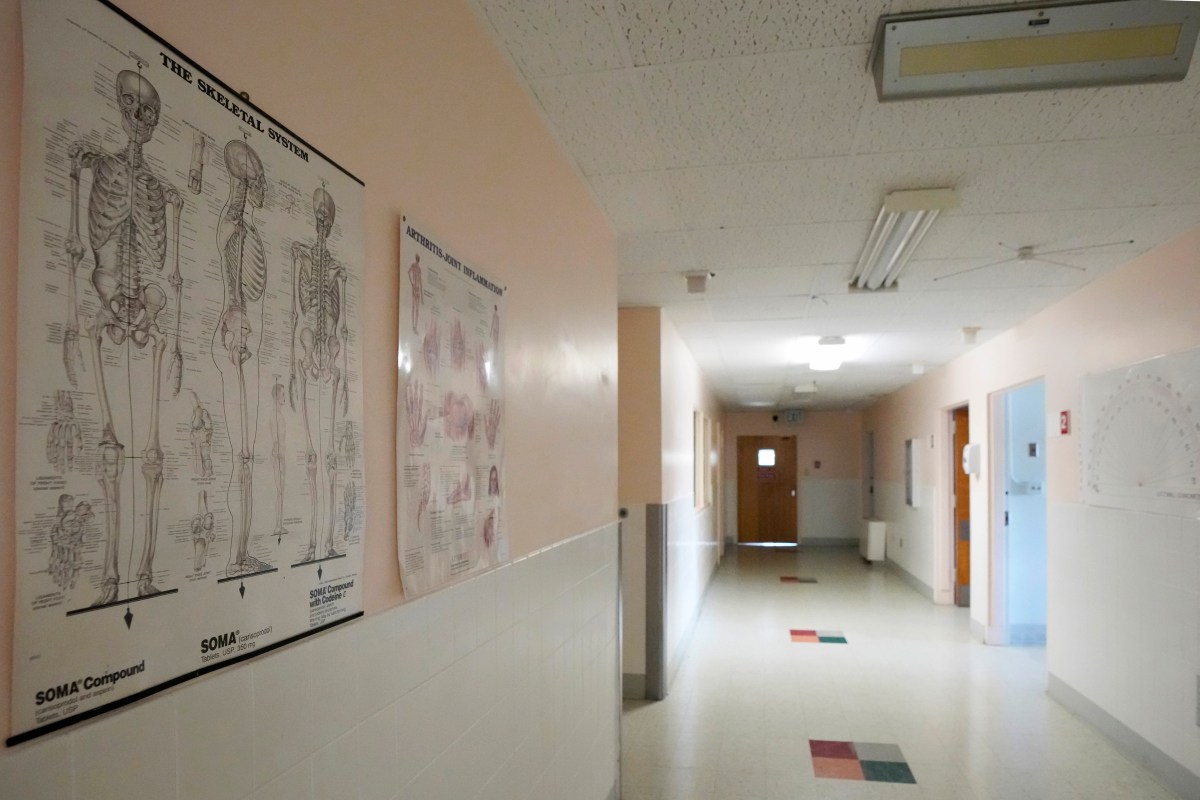(Reuters) – The following is a roundup of some of the latest scientific studies on the novel coronavirus and efforts to find treatments and vaccines for COVID-19.
Johnson & Johnson shot may need boosting
People who received the one-dose Johnson & Johnson COVID-19 vaccine may need a booster shot to fend off some of the worrisome coronavirus variants now spreading worldwide, a study suggests. A “significant fraction” of blood samples from recipients of the J&J shot had low neutralizing antibody levels against the Delta, Delta Plus, Beta and Lambda variants, according to a report posted on Wednesday on the medical website bioRxiv https://bit.ly/2W2Djlp ahead of peer review. Neutralizing antibody levels were so low, in fact, that the vaccine would be unlikely to offer even 50% protection against infection with those viruses, researchers from the New York University Grossman School of Medicine said. In the United States, 50% efficacy is the minimum for FDA emergency-use approval, which the J&J vaccine has received https://www.fda.gov/news-events/press-announcements/fda-issues-emergency-use-authorization-third-covid-19-vaccine. Based on studies with other vaccines, the researchers believe neutralizing antibody levels in recipients of the J&J vaccine could be improved either with a second dose of the same vaccine or with a dose of an mRNA vaccine from Pfizer/BioNTech or Moderna. “While a single dose vaccination has advantages, the benefit provided by a second immunization may be well worth the inconvenience,” they said.
Kids with COVID-19 should wear masks, keep distance at home
When children have COVID-19, social distancing and mask wearing at home can dramatically reduce transmission of the virus to family members, according to researchers who tracked an outbreak at an overnight summer camp in the U.S. state of Georgia. Overall, 224 children became infected with the coronavirus; in 18% of their households, at least 48 others caught the virus from the kids, according to the researchers from the U.S. Centers for Disease Control and Prevention and the Georgia Department of Public Health. They said 10 percent of the adults who became sick with COVID-19 ended up hospitalized. Compared with siblings, parents were 2.3 times more likely to test positive for COVID-19, and extended family members – particularly grandparents – were 6.6 times more likely. Sharing meals, being within 6 feet (1.8 meters) of the infected child for 15 minutes or more, being face-to-face with the child, and having direct physical contact with the child all increased household members’ risk of infection. The chance of spread was reduced by 60% if the child practiced social distancing at home and by 50% if the child wore a mask while around other people, the researchers reported Wednesday in the New England Journal of Medicine https://bit.ly/3iHHtXK. “When feasible,” they concluded, “children and adolescents with a known exposure to SARS-CoV-2 or a diagnosis of COVID-19 should remain at home and maintain physical distance from household members.”
Genes have role in common-cold protection against COVID-19
In some people, past exposure to common-cold coronaviruses seems to prepare the immune system to fight the COVID-19 coronavirus, but it has not been clear why this is not true for everyone. Genes may play a role, according to a paper posted Tuesday on the medical website bioRxiv https://bit.ly/2Vc5s9u ahead of peer review. The authors analyzed small proteins, or peptides, on the SARS-CoV-2 virus that are known to be targets for immune cells called killer T cells. Compared to peptides on common-cold coronaviruses, some of the SARS-CoV-2 peptides were very different, but others were very similar, said study co-author Hashem Koohy of John Radcliffe Hospital and the University of Oxford. Most COVID-19 survivors’ killer T cells attack only peptides unique to SARS-CoV-2, his team found. Some survivors, however, have killer T cells that also attack the targets that closely resemble common-cold virus proteins. Further analysis suggested to the researchers that people with certain genes may be more likely to have these “cross-reactive” killer T cells. People with immune responses to the “shared” peptides may be at lower risk of severe disease, Koohy said. Also, his team reported, some of the peptides they identified as being similar across multiple coronavirus strains could potentially be targets for vaccines and antibody drugs.
Separating unvaccinated healthcare staff, patients advised
With COVID-19 vaccination coverage incomplete among residents and staff at long-term care facilities, researchers have come up with a way to limit transmission in those settings: keep unvaccinated staff away from unvaccinated patients. In a report posted Tuesday on the medical website medRxiv https://bit.ly/2Wgejaz ahead of peer review, they advise based on their computer models that unvaccinated healthcare workers be assigned to work with vaccinated patients. In that scenario, if a healthcare worker becomes infected but does not realize it and shows up to work, “then the chance of onward spread is significantly reduced … leading to lower rates in the facility as a whole,” said study co-author Joshua Weitz of the Georgia Institute of Technology. Likewise, it is preferable to assign vaccinated healthcare workers to care for unvaccinated patients, his team found. “Unvaccinated residents are at a higher risk of infection, and in the event that a resident becomes infected … there is a far lower risk of onward transmission” if the people caring for them are vaccinated, Weitz said. “These facilities have a responsibility to aim to reduce infection rates amidst a public health emergency,” Weitz added. “Our analysis reveals that cohorting could help facilities do more to prevent infection control even in the event of partially vaccinated populations.”
Click for a Reuters graphic https://tmsnrt.rs/3c7R3Bl on vaccines in development.
(Reporting by Nancy Lapid, Christine Soares and Gene Emery; Editing by Will Dunham)



















